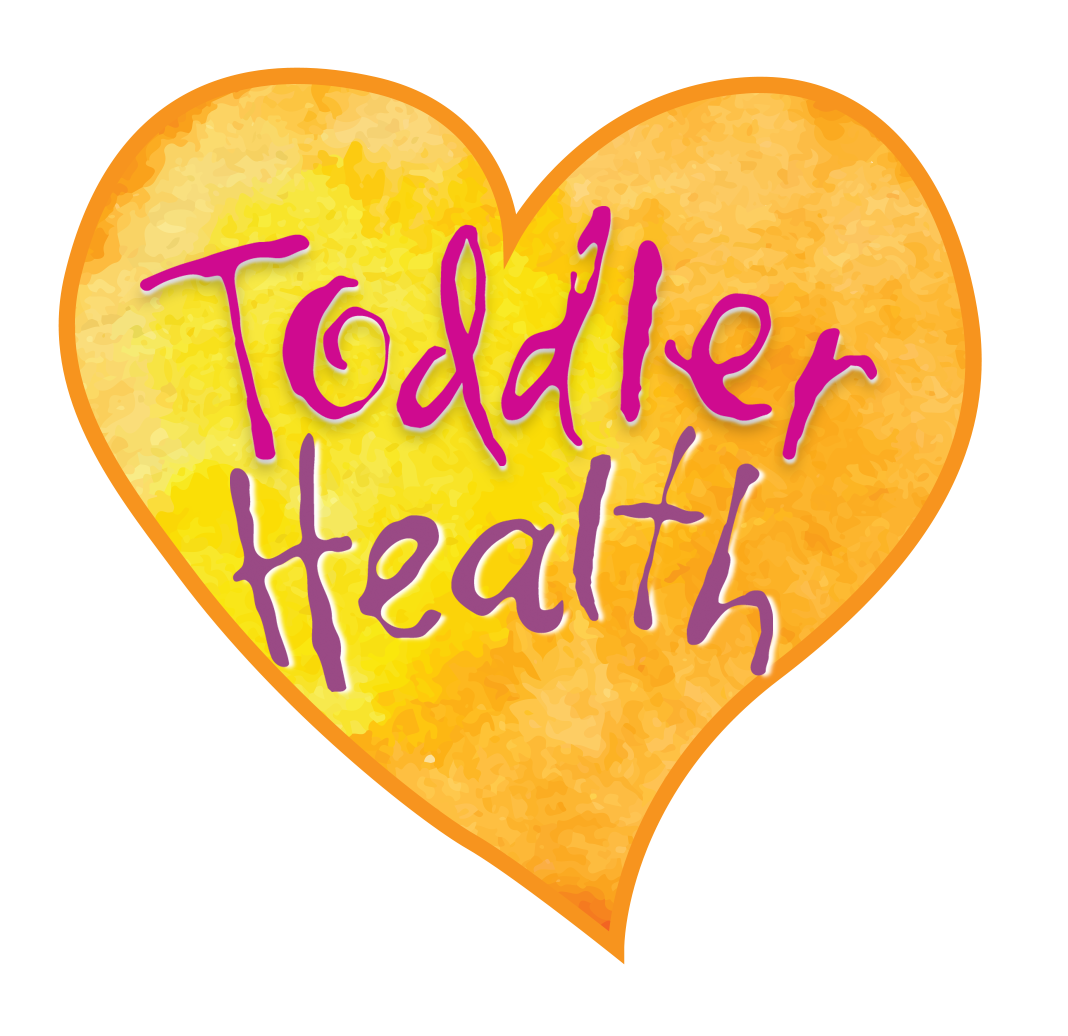Food Sensitivities vs. Food Allergies
We hear these terms on a regular basis now it seems but what exactly is the difference and how can we recognize which your child is experiencing. If your child is experiencing skin rashes (i.e. eczema), stomach upsets, chronic colds, those may be symptoms of food sensitivities which can evolve into full blown Food Allergies if we don’t heed the warnings. Food Allergies are far more severe and can cause anaphylactic shock which is life threatening. Let’s start off with the top foods that can cause mild to severe reactions as listed by AAFA (Asthma and Allergy Foundation of America): 1. Peanut 2. Milk 3. Shellfish 4. Soybean 5. tree nuts 6. peanuts 7. wheat (gluten) and 8. fish. Food sensitivities can take up to 4 days to reveal themselves which makes them really hard to detect. There are 2 ways to figure it out: The first one is a Food Elimination Diet where you make a list of everything you have been feeding your child for the last week and then you start eliminating one item at a time to see the reaction. You have to eliminate that particular food for at least one week and note any differences in your child’s behavior, elimination system and skin reactions. When you eliminate a particular food, keep a diary. Introduce that food back for 1 day and note the reactions for the next 4 days. If there are no reactions, that particular food should make the “approved” list. Continue with the remaining foods. Once a food is reintroduced, the best way forward is to do a food rotation diet. This means that when you feed your child that item, for instance, if they love corn, then let them have as much corn as they would like for 24 hours and then do not give them corn again until the 5th day. This allows for the body to reset and the histamine levels to normalize.
A faster way figure out what your child is sensitive to is to get a Food Sensitivity Test done at a doctor’s office or laboratory. This is done through a blood test. Usually they test for 144 different sensitivities over a 4 day period. You will get the results which will grade the reactions from mild to severe for each food category as well as airborne allergens such as pollen. Each child is unique and getting the blood test will give you accurate results in addition to information of what particular food items may contain the allergen listed. Sometimes these are hidden in the ingredients list of a particular food item so it is really informative to have. Being aware of food sensitivities is the first step in taking care of your and your families’ health.
Food Allergies can be life threatening and usually present themselves pretty quickly after a particular allergen (food/drug/latex/venom) is consumed or by being stung. The most common ones are peanuts, dairy, bee stings. Early symptoms include sneezing, itchy eyes, swollen eyes/lips or rashes. Anaphylactic shock is the most severe reaction. Your blood pressure drops suddenly and your airways narrow, blocking breathing. It’s the feeling of your throat swelling shut. In this situation, epinephrine must be administered or you must get to an emergency room. If your child has severe food allergies, you must carry an Epi-pen (epinephrine) with you at all times because it is a matter of seconds to save your child’s life. Really really scary and I hope that none of you will ever experience this.
Determining what your child is dealing with is of utmost importance so that you can have the peace of mind as a parent. We all know that if our child is not well, we are not well. Only you know how you would like to approach figuring out which foods are not good for your child. If you would like to do the blood test, we recommend: www.immunolabs.com. Usually, these have to be ordered by a medical professional. Please discuss any and all potential food sensitivities with your health care practitioner. They have the most up to date information on available methods and treatments including those mentioned in this blog.
Be well, Stay well and Be blessed
“Knowledge is Power””
